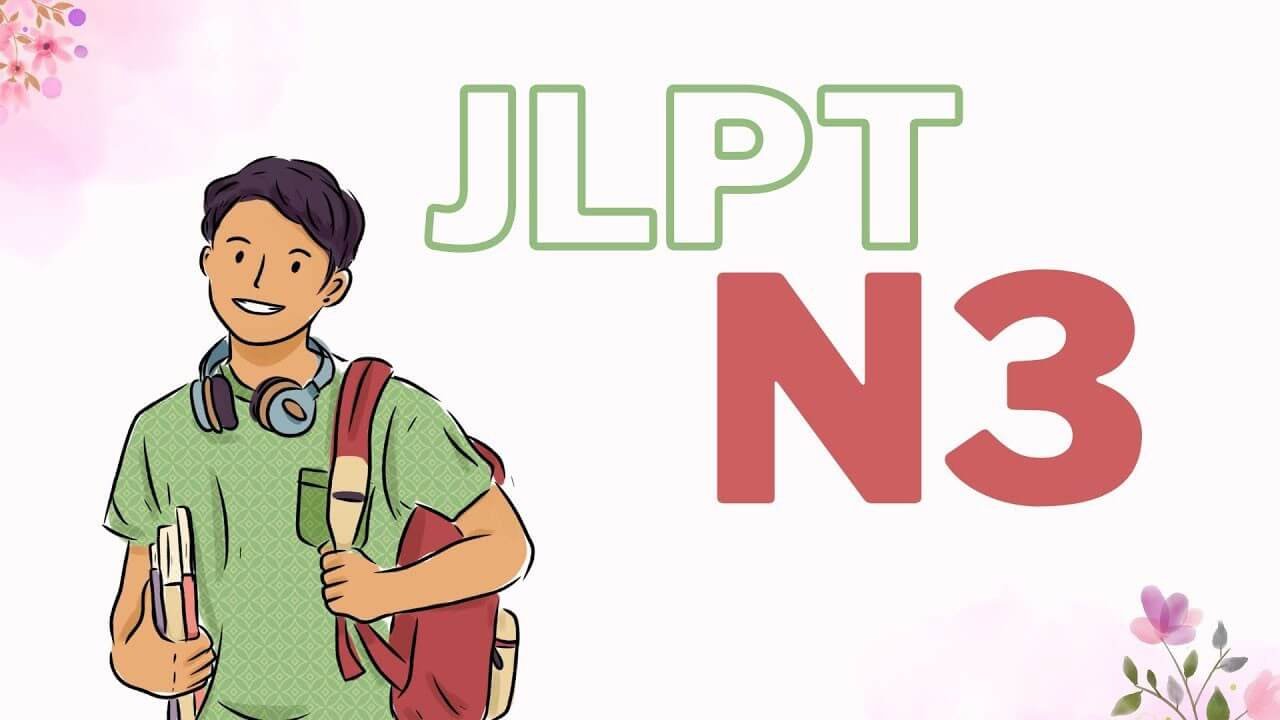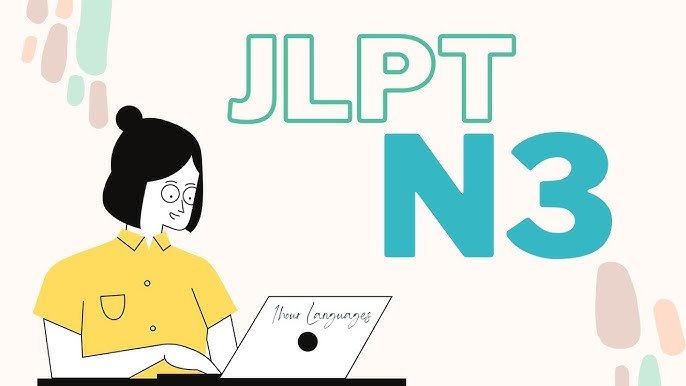
Reaching the JLPT N3 level is a major milestone for any Japanese language learner. Whether you're learning for career advancement, study abroad opportunities, or to enjoy Japanese culture more deeply, the N3 level serves as a bridge between basic and advanced fluency. But one of the most common questions among learners is: How Many Words in JLPT N3 do you actually need to master?
Understanding the vocabulary requirements at this stage is key to developing the confidence and comprehension needed to succeed in the exam. Let’s explore the word count, structure, and strategies that can help you master JLPT N3 vocabulary with ease.
If you're preparing for this level, you'll need to learn approximately 3,750 Japanese vocabulary words. Compared to JLPT N4 (which requires around 1,500 words), this is a significant leap in terms of complexity and volume.
At this stage, you’ll encounter a variety of sentence structures and expressions commonly used in newspapers, short essays, and workplace conversations. The vocabulary you acquire will be essential for understanding spoken and written Japanese at an intermediate level.
The JLPT N3 Vocabulary covers a mix of kanji-based words, hiragana expressions, formal/informal variations, and thematic vocabulary from daily life. Here's a breakdown of what you’ll study:
1. Kanji-Based Vocabulary
At the N3 level, you’ll need to recognize and understand around 650 kanji characters. Many of these kanji will form compound words you’ll encounter frequently.
Examples:
Pairing kanji recognition with vocabulary memorization will greatly enhance your reading skills.
2. Formal and Polite Expressions
N3 introduces more honorifics and polite expressions used in professional or formal settings. Learning polite verb forms and expressions is crucial.
Examples:

3. Vocabulary in Context
This level demands the ability to understand vocabulary in conversations, emails, short texts, and dialogues. Words won't appear in isolation—you’ll need to interpret meaning from context. Understanding context will help you pick up on subtle nuances in language use.
4. Common Everyday Vocabulary
You'll also learn essential vocabulary used in daily life. These are words that will help you describe common experiences and activities, such as traveling, dining, and shopping.
Examples:
5. Thematic Vocabulary for Various Situations
The N3 vocabulary also covers words specific to various themes, like hobbies, emotions, and social situations. By understanding how to talk about topics like weather, feelings, and personal preferences, you'll be able to engage in a variety of conversations.
Examples:
If you're curious about the vocabulary size required for the JLPT N1 level, don't miss this detailed breakdown: How Many Words in JLPT N1.
Mastering JLPT N3 vocabulary becomes easier with the right tools. From downloadable JLPT N3 vocabulary PDFs to interactive flashcard apps, these resources help you stay organized and retain words effectively.
Many learners use downloadable lists and flashcards in PDF format. A JLPT N3 vocabulary PDF allows you to review and memorize words anytime—even offline.
Planning to take the JLPT N2? Find out the essential vocabulary you need to know in this guide: How Many Words in JLPT N2.
Use tools like Anki, Wanikani, or Memrise to study daily. These tools use spaced repetition to boost long-term retention, especially useful for a high-volume word list.
Boost your learning with smart strategies like thematic word grouping, sentence-based practice, and spaced repetition. These tips help reinforce vocabulary and build lasting fluency for the JLPT N3 level.
1. Break Words into Themes
Group vocabulary by topic—food, health, business, school, transportation, etc. This allows your brain to associate words naturally and understand how they're used in real conversations.
2. Focus on Sentence Usage
Don’t just memorize the meaning. Learn how to use words in full sentences. This improves grammar, context comprehension, and long-term recall.
3. Review Daily and Weekly
Create a review schedule. Aim to learn 10–15 new words daily, and revise previously learned vocabulary weekly.
4. Practice Listening and Reading
Watch JLPT N3-level listening materials, anime with subtitles, or read short articles in Japanese to reinforce vocabulary and improve fluency.
Explore what’s expected at the JLPT N4 level by reviewing the word count and vocabulary essentials: How Many Words in JLPT N4.

Now that you know how many words in JLPT N3 are required, it's time to take action. With approximately 3,750 words and 650 kanji, you’re entering the intermediate realm of Japanese fluency. This level will empower you to read short news articles, follow casual conversations, and work in a basic Japanese-speaking environment.
Don't be discouraged by the numbers—consistency, smart tools, and immersion can help you master the vocabulary in a few months.
Many learners find motivation by reading inspiring JLPT N3 success stories shared by past candidates who achieved their goals.
1. How many words to know for JLPT N3?
You should aim to learn approximately 3,750 vocabulary words for JLPT N3, including a mix of kanji compounds and commonly used phrases.
2. Is JLPT N3 enough to live in Japan?
Yes, JLPT N3 gives you a strong base for daily conversations, basic work interactions, and reading common materials. However, you may still face challenges in professional or academic environments without further study.
3. How many total kanji for N3?
JLPT N3 covers around 650 kanji characters, many of which are used in everyday contexts and combined to form essential vocabulary.
4. How many words are in JLPT N1?
JLPT N1 requires knowledge of approximately 10,000 words and about 2,000 kanji, making it the most advanced level of the test.
5. What is the difference between JLPT N3 and N4 vocabulary?
JLPT N4 has about 1,500 words, while N3 increases this to 3,750 words. N3 introduces more kanji-based words, formal expressions, and context-based vocabulary.
Just getting started with JLPT N5? This article outlines the basic vocabulary list you should master: How Many Words in JLPT N5.
Understanding how many words in JLPT N3 you need to know is the first step toward mastering intermediate Japanese. With around 3,750 words and 650 kanji in the syllabus, the N3 exam tests your comprehension, practical usage, and ability to function comfortably in everyday Japanese settings.
If you're consistent and use the right resources—like vocabulary lists, PDFs, flashcards, and immersion techniques—you’ll be well-prepared to clear JLPT N3. Keep practicing, stay motivated, and enjoy the journey of mastering Japanese!